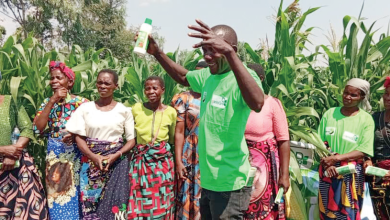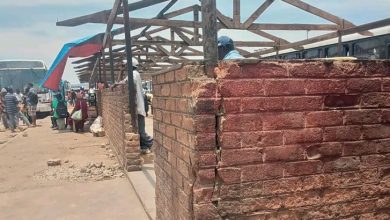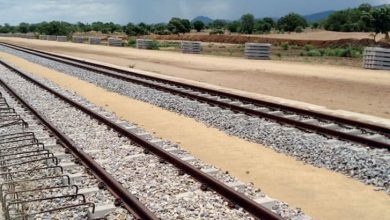Rising construction costs suffocate industry—NCIC
National Construction Industry Council (NCIC) says the ongoing price fluctuations have affected the cost of construction in the country, calling for contract price updating.
Data from NCIC and the National Statistical Office (NSO) shows that buyers of construction materials and services faced higher cost burdens between January and March this year, with prices of construction materials increasing by an average of 31.2 percent.

In an interview on Thursday, NCIC corporate affairs officer Lyford Gideon said the larger percentage of the cost, which makes up at least between 50 percent and 80 percent, comes from materials, as such the change in cost of materials affects the cost of construction.
He said: “Construction is a capital-intensive endeavour, which demands high financial and capital investments.
“Therefore, material price increases have led to time and cost overruns of various public and private projects.”
Gideon said the construction industry is also a major employer for the youth and creates about 1 000 direct jobs in three months and other indirect jobs from construction activities.
“But idle time or lack of activities on site affects the ability to offer such employment and other economic activities,” he said.
The data, contained in the construction cost index for general construction input prices, shows that prices for cement products, form work, sand, fire-fighting materials, concrete blocks and water wastes registered highest prices.
Speaking separately, industry player Charles Chilunda, who is Prichala Building and Civil Contractors managing director, said many contractors are failing to complete the projects and many construction sites are now dormant.
He said: “The rising cost of construction materials have affected us in such a way that profits generated from the works have gone down and we are failing to run the business.
“The industry is no longer growing and many engineers, foremen, quantity surveyors are now jobless. In addition to this, many construction companies are now out of businesses because their cash flows are no longer sustainable.”
A recent study by Habitat for Humanity and Centre for Social Concern showed that a majority of Malawians will have to wait longer to afford a decent house as the high cost of construction continues to prevent equitable access to adequate housing for people living in informal settlements.
With 8.7 percent of Malawi’s population or 1.7 million people living in informal settlements in Malawi, hopes of improving access to public services, sanitation and housing quality, remain a far-fetched dream.
Meanwhile, Malawi Government Annual Economic Report 2025 projects the construction industry to grow by 6.2 percent this year and 4.2 percent in 2026.
Experts say the pre-election period this year is expected to see heightened construction activity as governments typically accelerate infrastructure projects ahead of elections.





